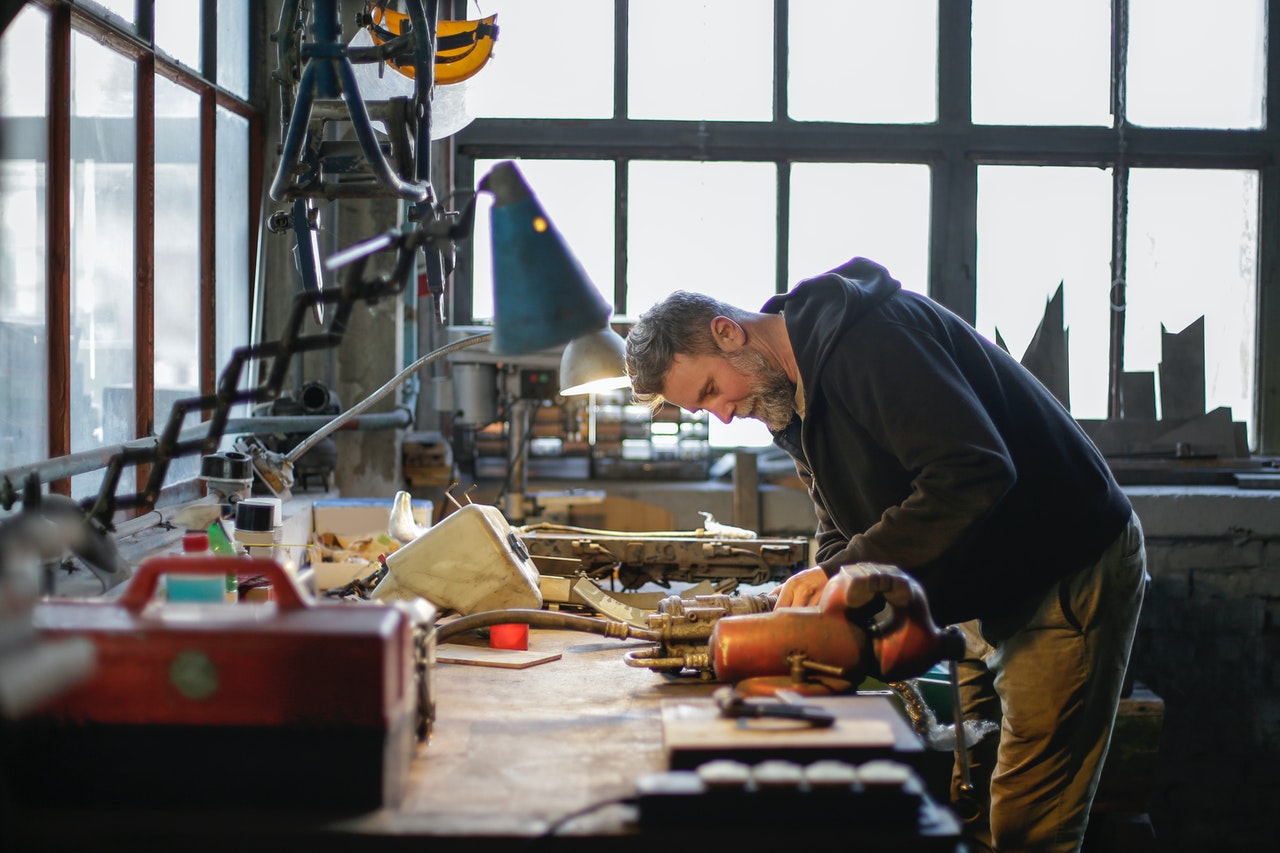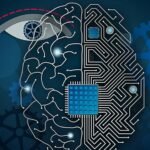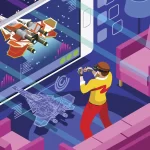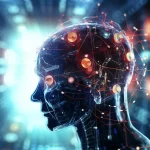Future Designers Unleash Creativity with AI
The world of design has always been a playground for creativity and innovation. However, with the rise of artificial intelligence (AI), a new era has dawned upon designers, offering unprecedented opportunities to unleash their creativity like never before. AI has transcended from being a mere tool to an indispensable collaborator, empowering future designers to push boundaries, challenge conventions, and create remarkable masterpieces. In this blog, we explore how AI is transforming the landscape of design and empowering the next generation of creative visionaries.
- The Emergence of AI in Design:
Artificial intelligence, powered by machine learning algorithms, is revolutionizing the design process. From graphic design to industrial design, AI is being integrated into various creative fields. AI-powered tools now assist designers in generating ideas, automating repetitive tasks, and offering insightful suggestions, ultimately augmenting the creative process.
- AI as a Creative Collaborator:
Contrary to fears that AI might replace human creativity, it is emerging as a powerful collaborator for designers. AI can analyze vast amounts of data, identify patterns, and provide valuable insights that can fuel imaginative concepts. By working in tandem with AI, designers can explore unconventional ideas, experiment with diverse styles, and amplify their artistic potential.
- AI-Driven Generative Design:
Generative design is one of the most exciting applications of AI in the creative realm. This approach enables designers to define constraints and goals while leaving the generation of design alternatives to AI algorithms. In architecture, for instance, generative design can produce innovative building structures optimized for factors like material usage and environmental impact. In fashion, AI-driven generative design can lead to the creation of unique and personalized clothing designs.
- Enhancing User Experience:
User experience (UX) design is paramount in modern design projects. AI assists designers in understanding user behavior, preferences, and pain points by analyzing data from user interactions. With this valuable information, designers can create more intuitive, user-centric designs that cater to the specific needs of their target audience.
- Design Automation and Efficiency:
Time-consuming tasks, such as data analysis, pattern recognition, and layout adjustments, can now be automated with AI. This frees up designers to focus on more creative aspects of their work, fostering an environment where innovation flourishes and ideas flow freely.
- AI-Infused Art and Creativity:
Beyond traditional design fields, AI has also permeated the realm of art, leading to the emergence of “AI art.” Machine learning algorithms can create mesmerizing visual art, music, and even literature. Some artists collaborate directly with AI models, while others use AI as a tool to inspire their traditional artistic expressions.




































